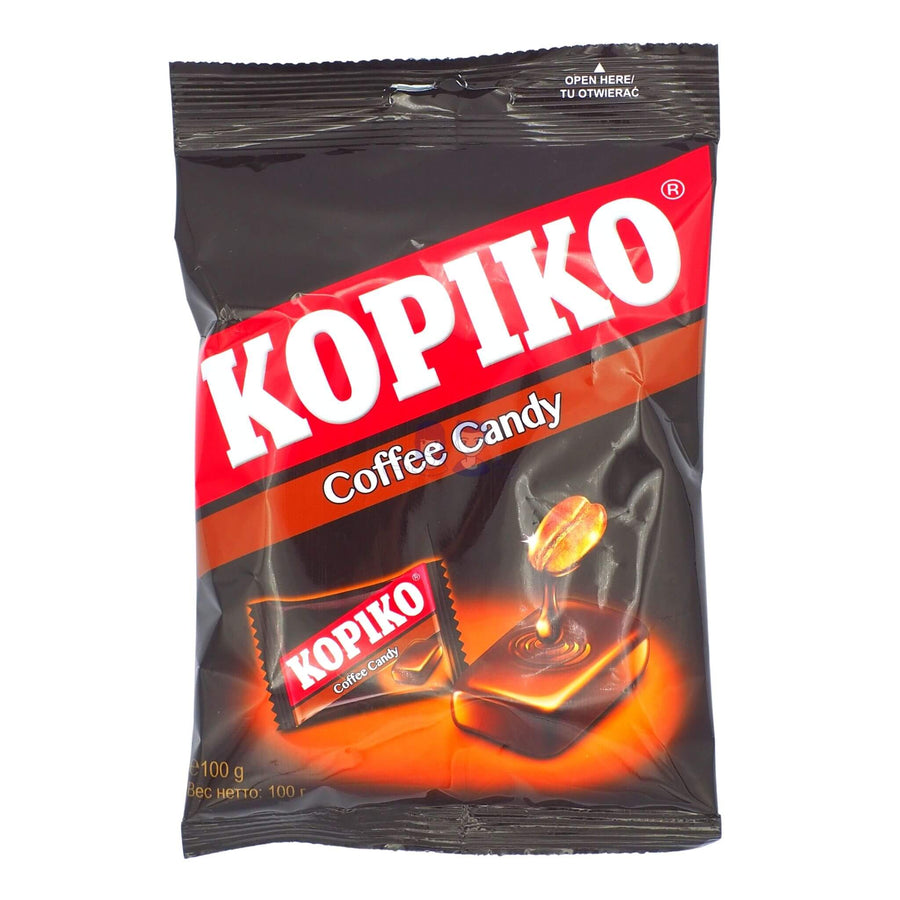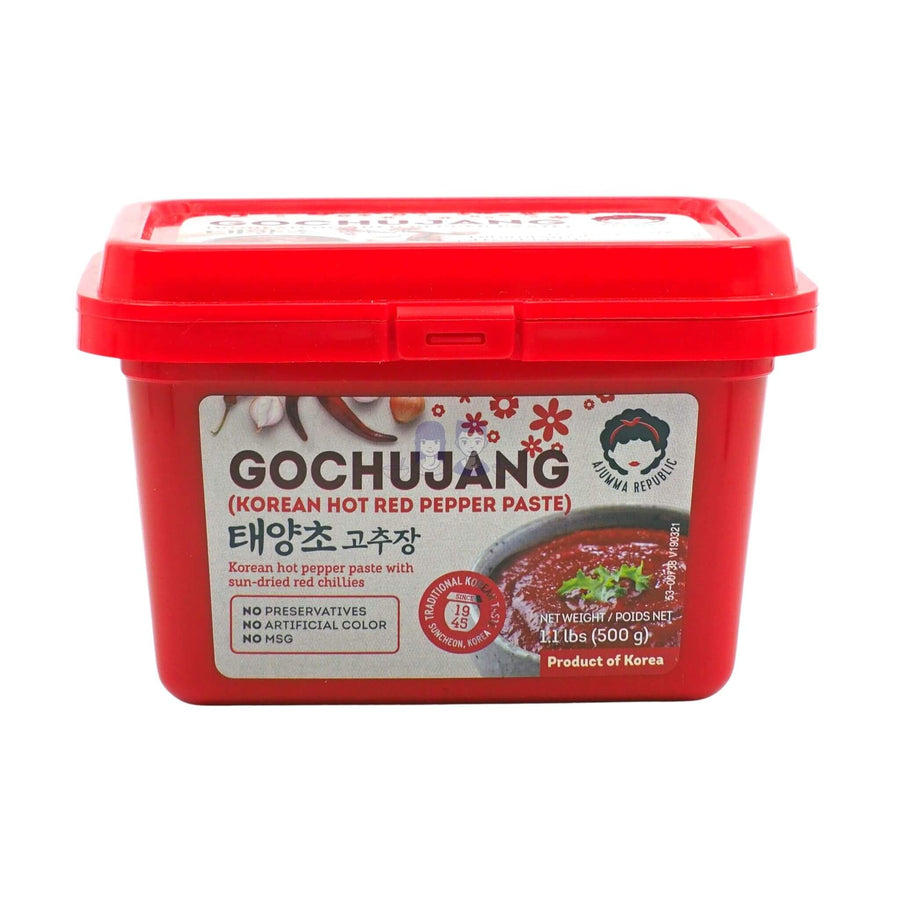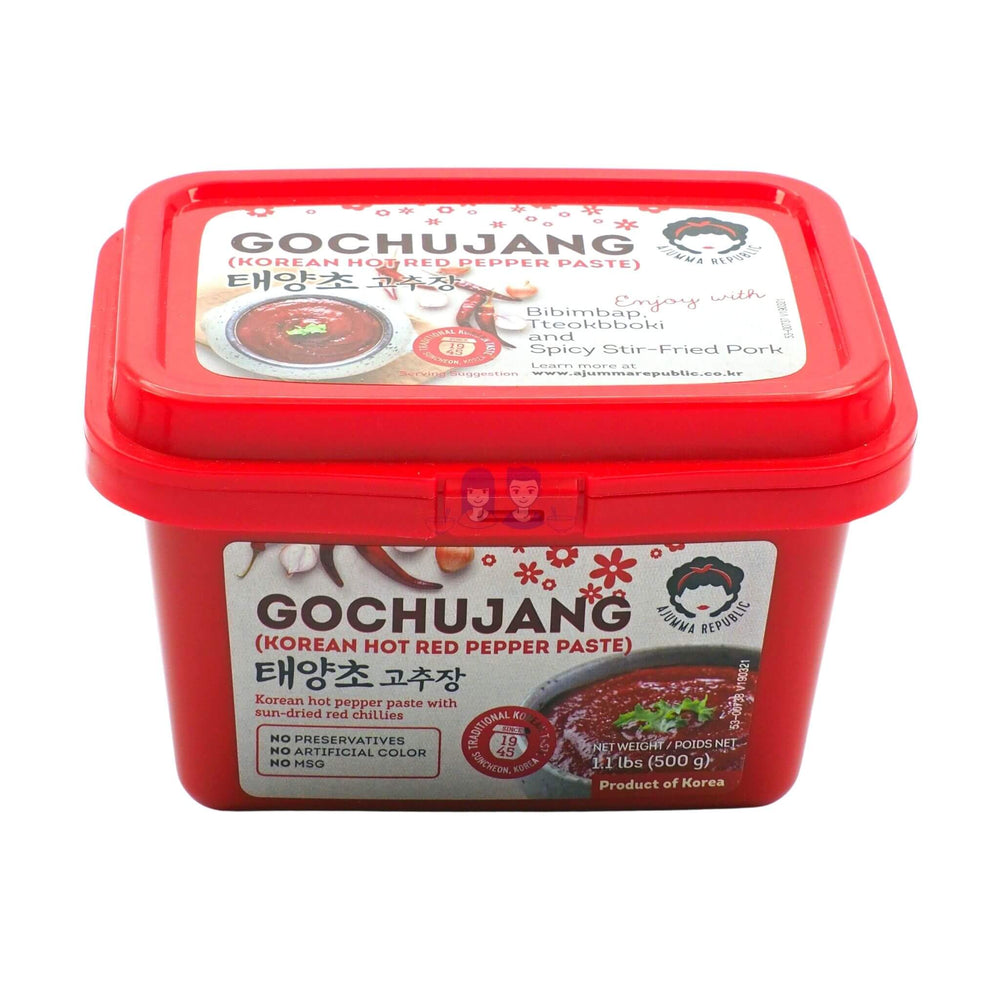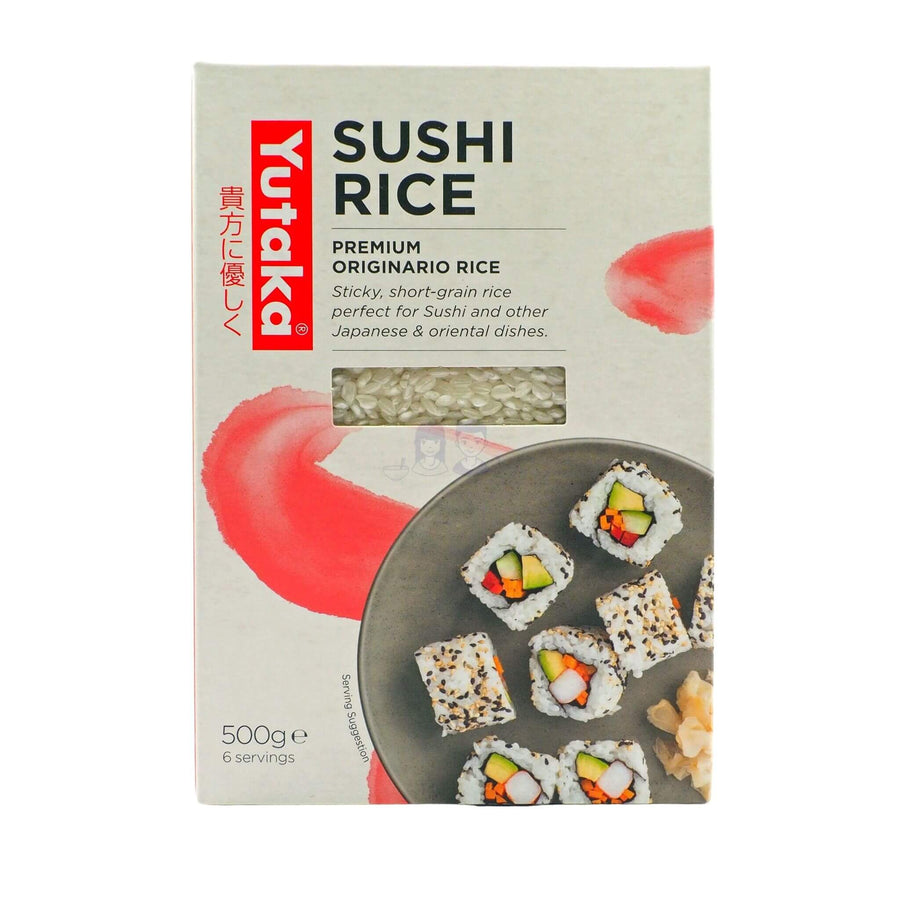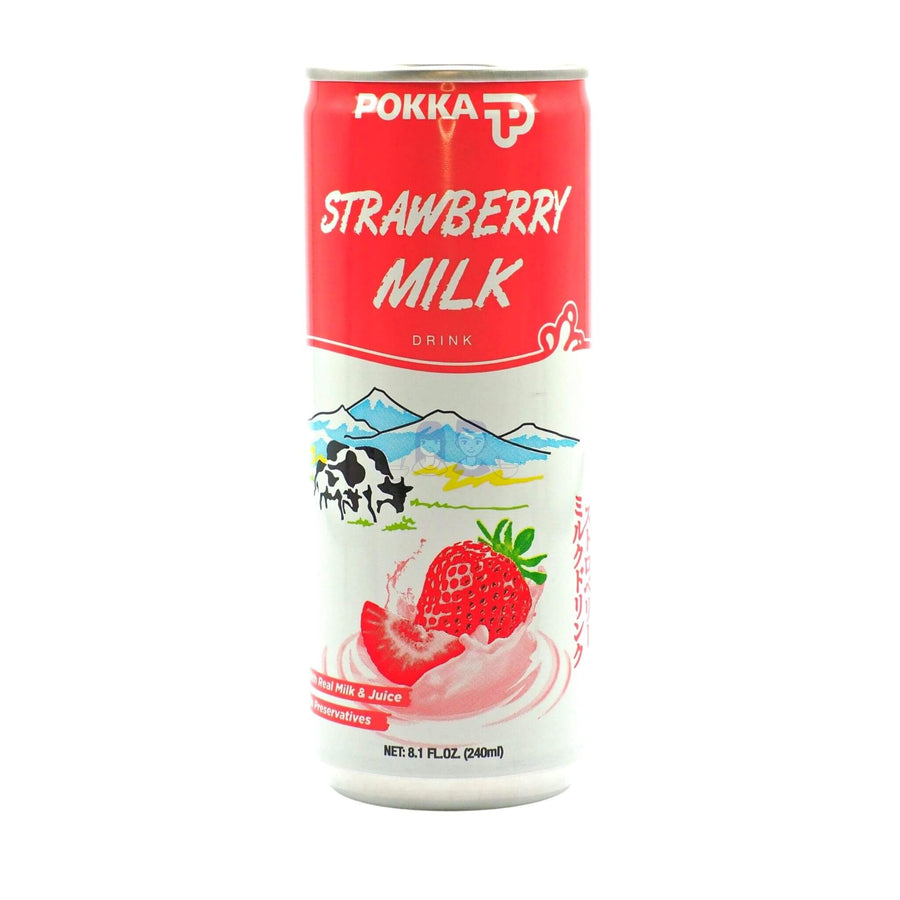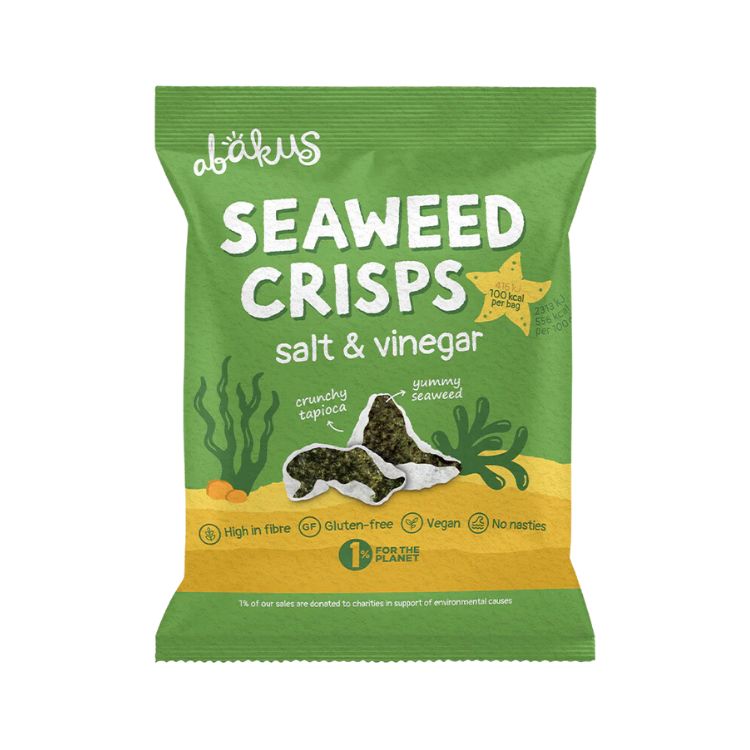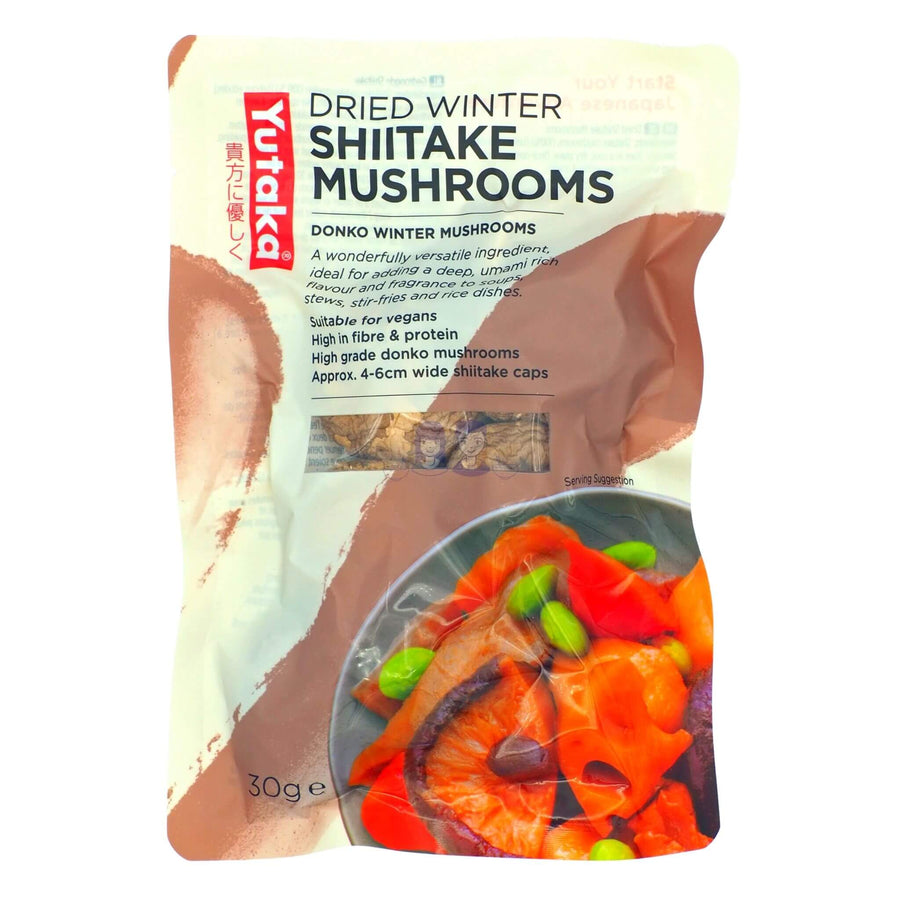A Foodies Guide to Japanese Mushroom Varieties and Cooking Techniques
Have you ever fancied cooking a dish containing Japanese mushrooms - such as shiitake mushrooms - but not known where to start?
Japanese mushrooms are a must-have for anyone serious about Japanese cooking. It's not hard to see how when there are so many variants out there filled with rich flavour, texture and nutritional benefits.
In this article, we are going to take you on a journey through the wonderful world of Japanese mushrooms. We'll list the popular types of Japanese mushrooms and give you some practical advice on how to incorporate them into your cooking.
→ Shop now: Our handpicked range of Japanese mushrooms
Popular Japanese Mushroom Varieties
For thousands of years, mushrooms have played an important role in Japanese cuisine. They’re highly valued due to their nutritional benefits, delicious flavours, and versatile nature.
While there are many edible mushroom species in Japan, today we're going to share more about some of the most common varieties.
#1 Shiitake
One of the more common types of Japanese mushrooms, shiitake mushrooms have large brown caps, with whitish or brownish stems. They’re known for their meat-like texture and slightly smoky flavours. So how do you cook shiitake mushrooms? Consider adding them to soups, stir-fries, or even in tempura (deep-fried).
Dried shiitake is chock full of umami flavour, so don’t discard the shiitake dashi after you’ve soaked the mushrooms. We recommend adding it to your stir-fries for an instant flavour boost instead! In addition to its delicious flavour, other shiitake benefits include its ability to strengthen your immune system.

#2 Enoki
Enoki is another popular variety and one of our favourite Japanese mushrooms, due to their chewy texture and mild flavour. They’re often sold in bunches and are characterised by their thin, long stems and small white caps. Add them to a hotpot or stir-fry them together with vegetables or noodles for added texture. We recommend checking on their freshness at the supermarket, and you must avoid enoki mushrooms with slimy or brown stems!

#3 Maitake
Maitake can be translated to "dancing mushrooms" but are also known as "hen-of-the-woods". Their distinctive, ruffled appearance sets them apart, like the petals of a flower, making them very easy to pull apart and cook. With their brownish caps and white stems, maitake mushrooms also have a rich fragrance and robust, earthy flavours. This makes them a great addition to a hotpot or stir-fries. We also love eating them served deep-fried, in tempura.

#4 Nameko
This unique, orange mushroom, grows in small clusters. It has an interesting, gelatinous coating on its cap – which is practically tasteless. Nameko mushrooms have a chewy texture and mild, nutty flavours, which add to their popularity. That said, some might not appreciate the slimy texture on the caps of these mushrooms. Nonetheless, nameko mushrooms act as a thickener in soups and noodles, especially miso soup.

#5 Shimeji
Native to East Asia and Europe, shimeiji mushrooms are incredibly popular in Japanese cuisine. They have a firm texture and become slightly crunchy when cooked. Coupled with their mild flavours, these mushrooms are very versatile and used across Japanese dishes. From hotpots and soups to stir-fries and even pasta, we find that shimeiji mushrooms suit a variety of cooking styles and recipes.

Other notable Japanese mushroom varieties
The vast array of Japanese mushroom species includes the highly sought-after but hard-to-get matsutake mushroom. Considered a luxury food item due to its scarcity, it’s well known for its rich, peppery flavours and deep fragrance. Matsutake mushrooms are usually served steamed or grilled.
Another notable mention is the King Trumpet mushroom, which is also known as the King oyster mushroom. These mushrooms have thick stems, which sets them apart from other varieties and have a chewy texture when cooked. It’s also full of savoury flavours. As such, they’re often served grilled on their own.
If you’re looking for another great addition to soups, we ask you to consider kikurage – a brown, mild-tasting mushroom with a chewy texture. Its name means "tree jellyfish", due to the similarities in taste between kikurage and dried jellyfish. Kikurage mushrooms add a lot of texture to soups, which is why they’re also commonly featured in Chinese and Taiwanese cuisine.
Cooking Techniques and Tips
Remember that mushrooms grow from the ground, so it’s important to clean them before cooking to avoid any problems! For fresh mushrooms, take a paper towel or brush and clean the mushrooms from any dirt. Alternatively, you could give them a quick rinse in cold water. Try to avoid soaking them for too long as this might remove most of their aroma which can result in soggy, unappetising mushrooms.
Certain shiitake mushroom recipes call for their dried forms, so ensure that they’re properly hydrated before cooking. Soak them in cold water until they have almost doubled in size. As most mushrooms have fibrous and tough stems, remove them before cooking. For enoki mushrooms with long stems, trim away their root ends as these can be tough to eat.
Mushrooms can be prepared in several ways and used to enhance the textures and flavours of the dishes they’re added to. Simmer them in soups like sukiyaki or oden for a flavourful, comforting meal. Alternatively, grill a medley of mushrooms together to enjoy their juicy, meaty textures.
Mushrooms also go very well with soy sauce, oyster sauce or mirin, giving them an umami boost and making for a good stir-fry recipe. For a simple yet rich side dish, we would recommend sauteing mushrooms with butter and garlic, or olive oil and garlic. The result is a heavenly mix of savoury, creamy flavours.
Storage Tips
Mushrooms don’t keep very long, so it’s important to use them within a few days of purchase. To store them properly, keep them in a perforated box or an opened bag in the fridge, as they require ventilation. Once they appear slimy or dark spots begin to appear, it’s time to toss them.
Exploring Japanese Mushroom Cuisine
Mushrooms are used extensively in Japanese cuisine. Traditional dishes featuring these delicious ingredients include miso soup, Japanese mushroom rice, sukiyaki and oden.
Today, these recipes have evolved to suit modern preferences, such as pasta! Think pasta with butter, soy sauce and mushrooms, salads with a savoury sauce and mushrooms, or even a baked rice recipe with mushrooms!
The best part is that you can swap out various mushrooms for each dish. This allows you the space for creativity to play around with textures and flavours, due to their incredible versatility.
Final Word
Full of vitamins and flavour, Japanese mushrooms are a must-have in your pantry and repertoire of Asian or Asian-fusion recipes. Mix and match different mushroom varieties to your heart’s delight and whip up wonderful dishes that you and your family can enjoy. The next time you’re at an Asian supermarket looking for your favourite Japanese ingredients, don’t forget some Japanese mushrooms!


